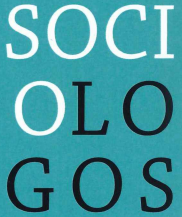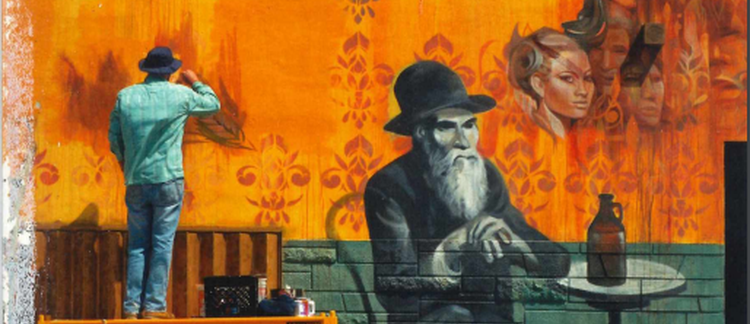Abstract
Since the last decade, the cultural and creative industries (CCI) have been in the spotlight of policy makers and researchers. In an era of globalization, economic crisis and socio-political uncertainties, the CCI is often raised as a panacea for a diverse range of social and economic issues, particularly in a metropolitan environment. Followers of this creative fetish (Banks, 2007) see an open, diverse and bohemian sector in the CCI, whose employees are ‘cool, creative and egalitarian’. On the other hand, quantitative and qualitative studies have emerged in recent years to show that employees within the CCI often work under precarious circumstances characterized by (self-) exploitation, irregular hours, the necessity to combine different jobs, short-term contracts, etc.. Moreover, there are strong indications that the sector is very unequal in terms of gender, ethnic background, social class, age and accessibility. However, these studies typically use a sectoral approach and therefore only discuss the creative jobs within the CCI itself, while a large part of the creative workforce is probably employed in other sectors (cf. the creative trident). Indeed, recent studies suggest that the proportion of creative workers in non-creative sectors is increasing in response to the evolving knowledge economy that increasingly needs creative thinkers, regardless of the employment sector. In this study, therefore, we examine the importance and composition of creative jobs in Belgium, both within and outside the CCI, on the basis of the most recent Survey of the Belgian Workforce. We investigate whether the same working conditions, inequalities and other work logics established within the CCI apply to creative jobs outside the CCI and, finally, how we can explain these differences. Our results show, in first instance, the importance of using the creative trident for analyzing cultural and creative work. Each quadrant represents a substantial part of the workforce and can therefore not be overlooked. In addition, we show that the relative share of sector versus profession-type explanations for diversity and precarious issues is highly dependent on the subsector. Mainly within the performing arts and fashion sector, problems with working conditions are sector-related, diversity issues then consistently emerge within the fashion and audiovisual sector, regardless of the type of profession. In other sectors, it is mainly the occupational types within the sector that can explain the problems identified; all creative professions score remarkably bad on diversity indicators. Primarily the artistic creative professions are also characterized by inferior working conditions, while the creative professionals perform relatively well in terms of working conditions. Implications are discussed and suggestions for future research are formulated.
How to Cite:
Vlegels, J. & Ysebaert, W., (2018) “Creativiteit, diversiteit en werkomstandigheden: een analyse van de drietand van culturele en creatieve arbeid in België”, Sociologos 39(3), 210–241. doi: https://doi.org/10.21825/sociologos.86979
Downloads:
Download PDF
View
PDF


